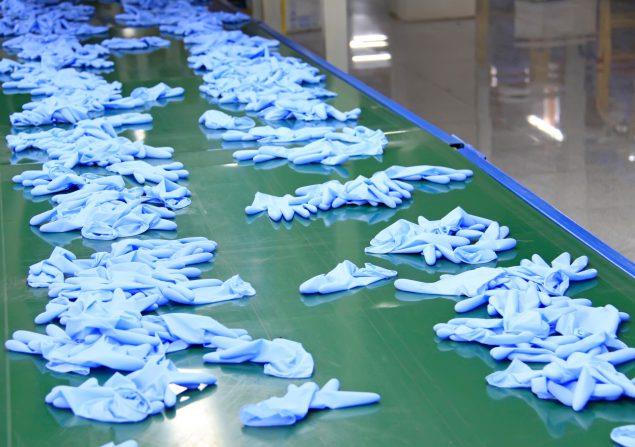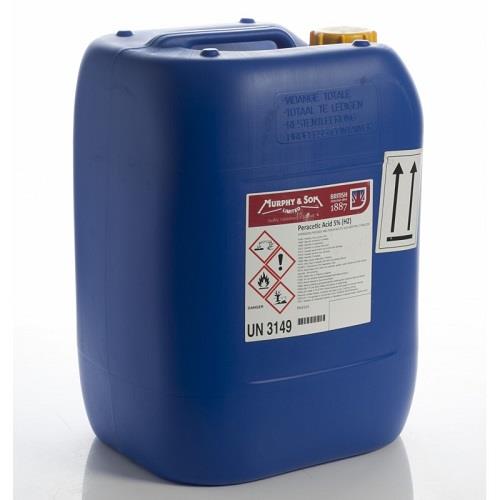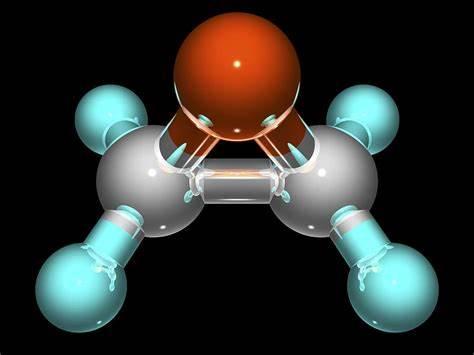Uses of Acrylonitrile
Acrylonitrile is an organic compound with the formula CH2CHCN. It is a colorless volatile liquid although commercial samples can be yellow due to impurities. It has a pungent odor of garlic or onions.In terms of its molecular structure, it consists of a vinyl group linked to a nitrile. It is an important monomer for the manufacture of useful plastics such as polyacrylonitrile. It is reactive and toxic at low doses.
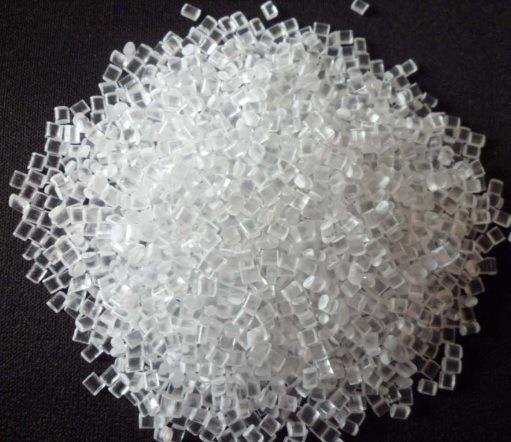
Uses
Acrylonitrile is used in the manufacture of acrylic fibers, plastic surface coatings, adhesives, and synthetic rubbers. It was formerly used as a pesticide fumigant for stored grains. It is a chemical intermediate in the synthesis of antioxidants, pharmaceutical dyes, surface-active agents, and in reactions requiring the cyanoethyl group.
Mechanism of Toxicity
Acrylonitrile is both readily volatile in air and highly soluble in
water. These characteristics determine the behavior of acrylonitrile
in the environment. The principal pathway leading to
the degradation of acrylonitrile in air is photooxidation,
mainly by reaction with hydroxyl radicals (OH).
Acrylonitrile may also be oxidized by other atmospheric components such as ozone and oxygen. Very little is known about the nonbiologically mediated transformation of acrylonitrile in water. It is oxidized by strong oxidants such as chlorine used to disinfect water. Acrylonitrile is readily degraded by aerobic microorganisms in water.
Environmental Fate
Acrylonitrile owes some of its toxicity to cyanide generation,
which inhibits cellular respiration. Preinduction of microsomal
mixed function oxidase (MFO) with Aroclor 1254 greatly
enhanced the toxicity of acrylonitrile and caused a threefold
increase in cyanide levels in rats.
Therefore, metabolic activation appears to be necessary in the toxicity of acrylonitrile. The direct reaction of acrylonitrile with the SH groups of proteins and its epoxide metabolite are also expected to be responsible for its effects. Acrylonitrilehas also been associated with oxidative stress.
);You may like
Related articles And Qustion
See also
Lastest Price from Acrylonitrile manufacturers
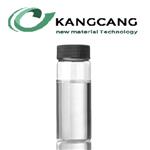
US $20.00-10.00/kg2024-04-30
- CAS:
- 107-13-1
- Min. Order:
- 1kg
- Purity:
- 98%
- Supply Ability:
- 20

US $9.00/kg2023-12-25
- CAS:
- 107-13-1
- Min. Order:
- 1kg
- Purity:
- 99.5%
- Supply Ability:
- 200000

